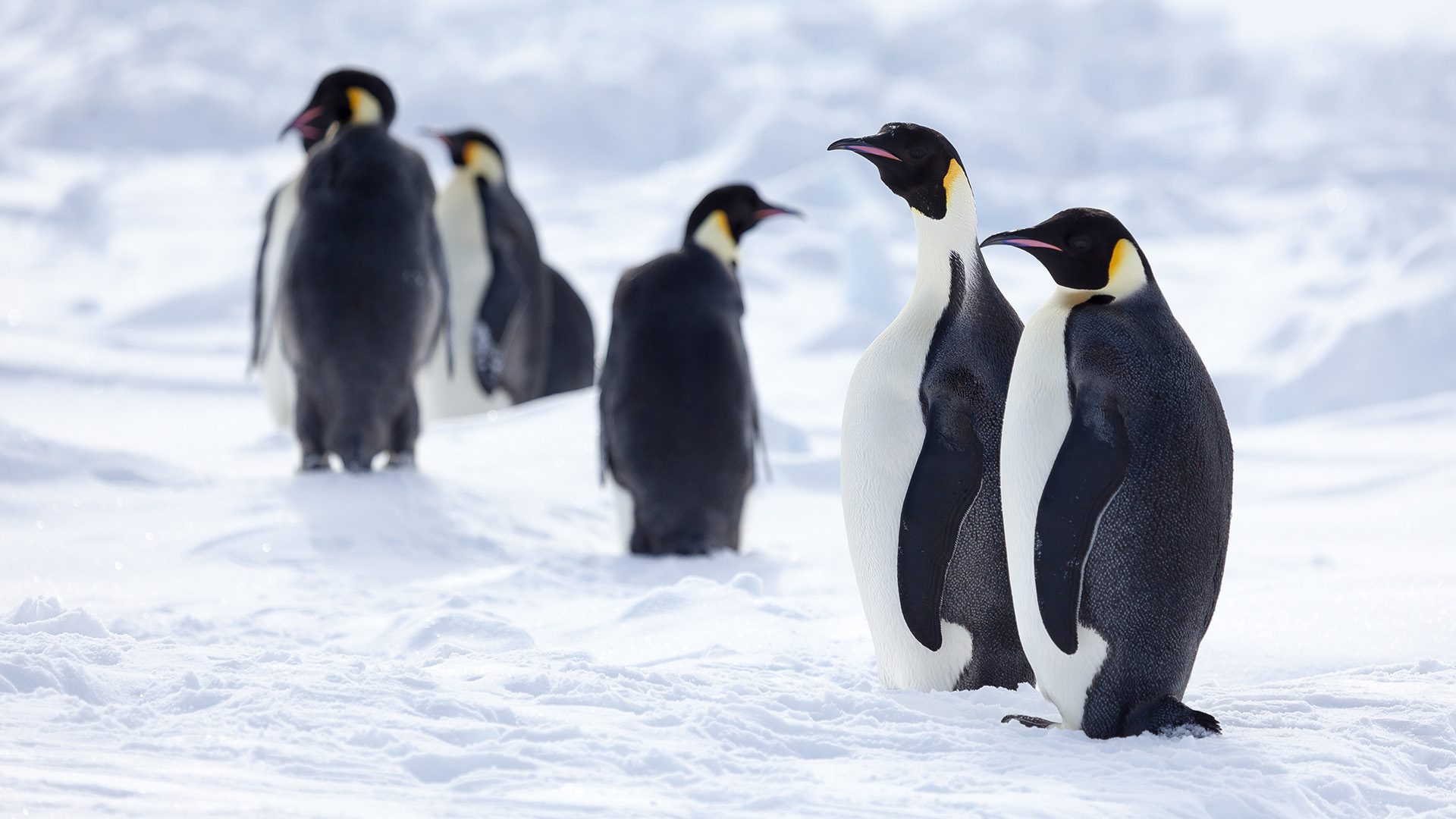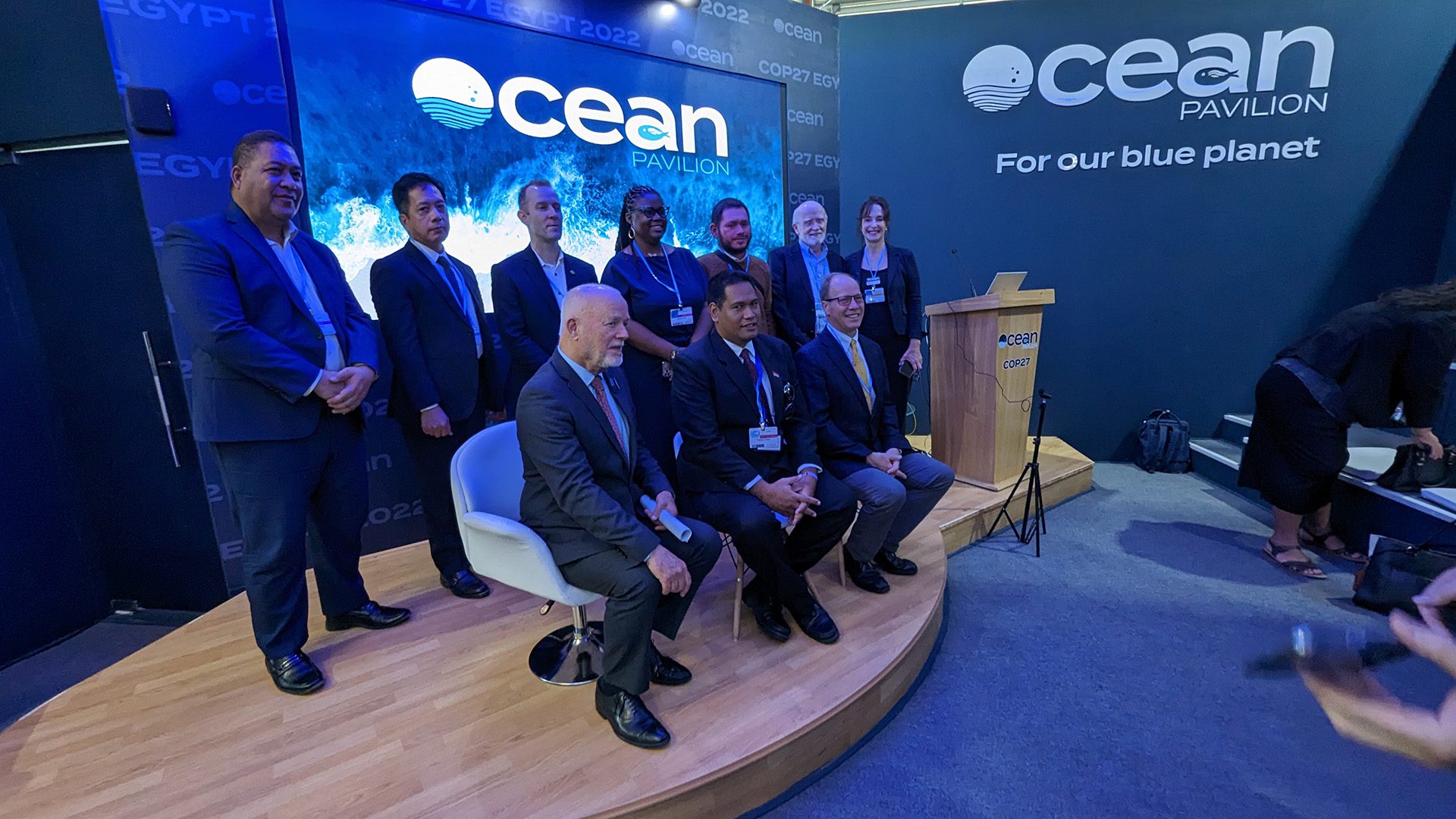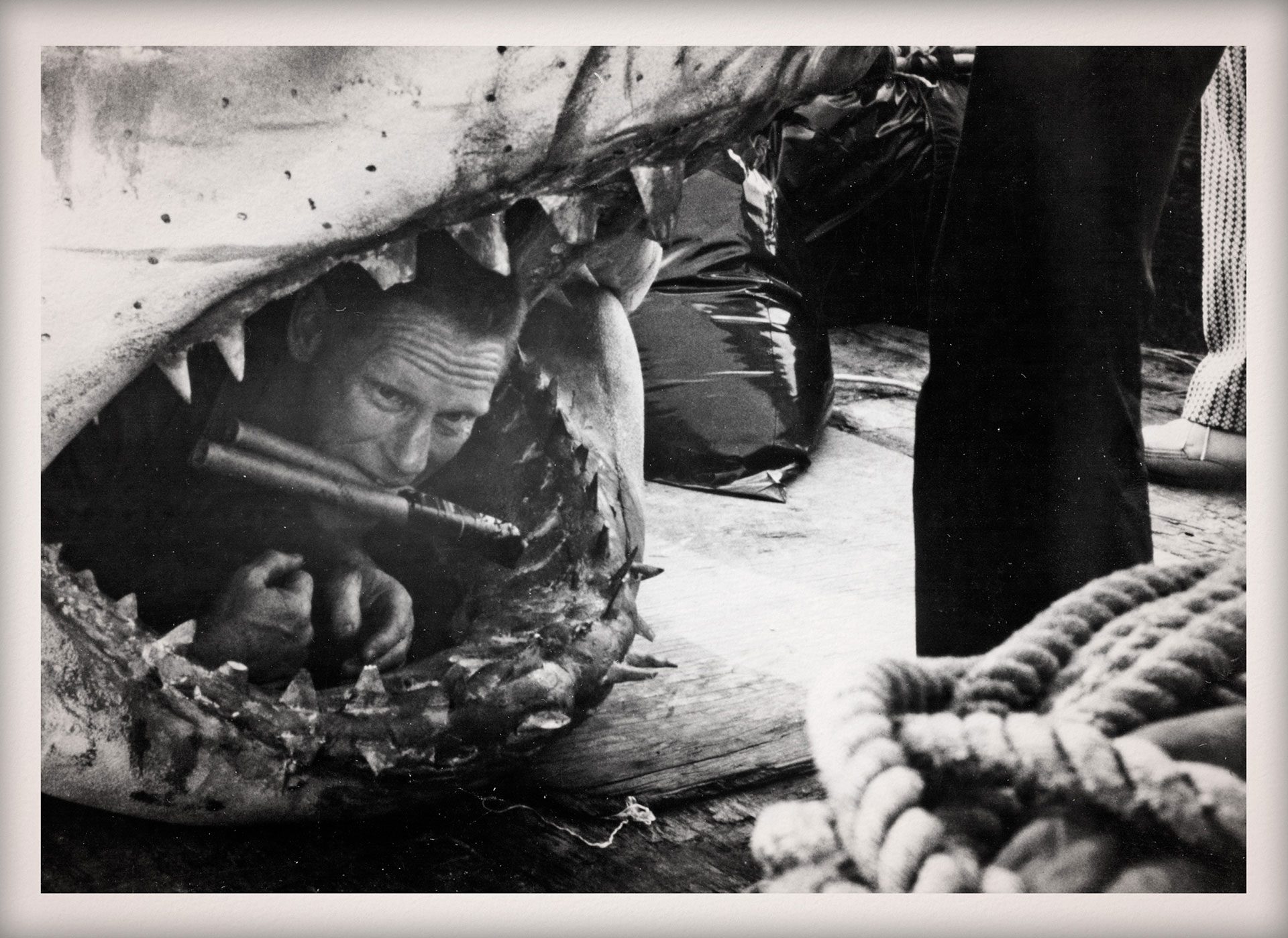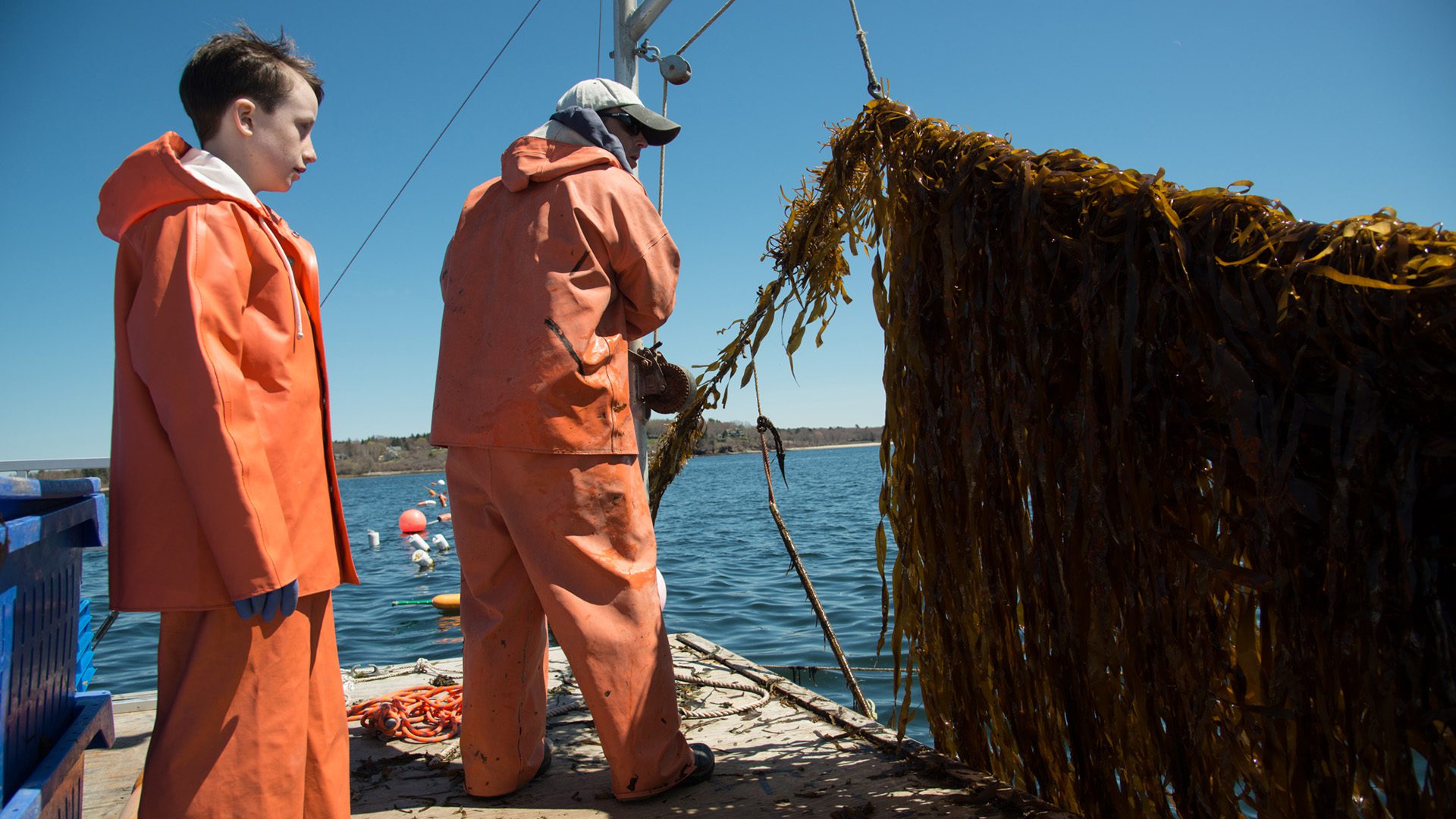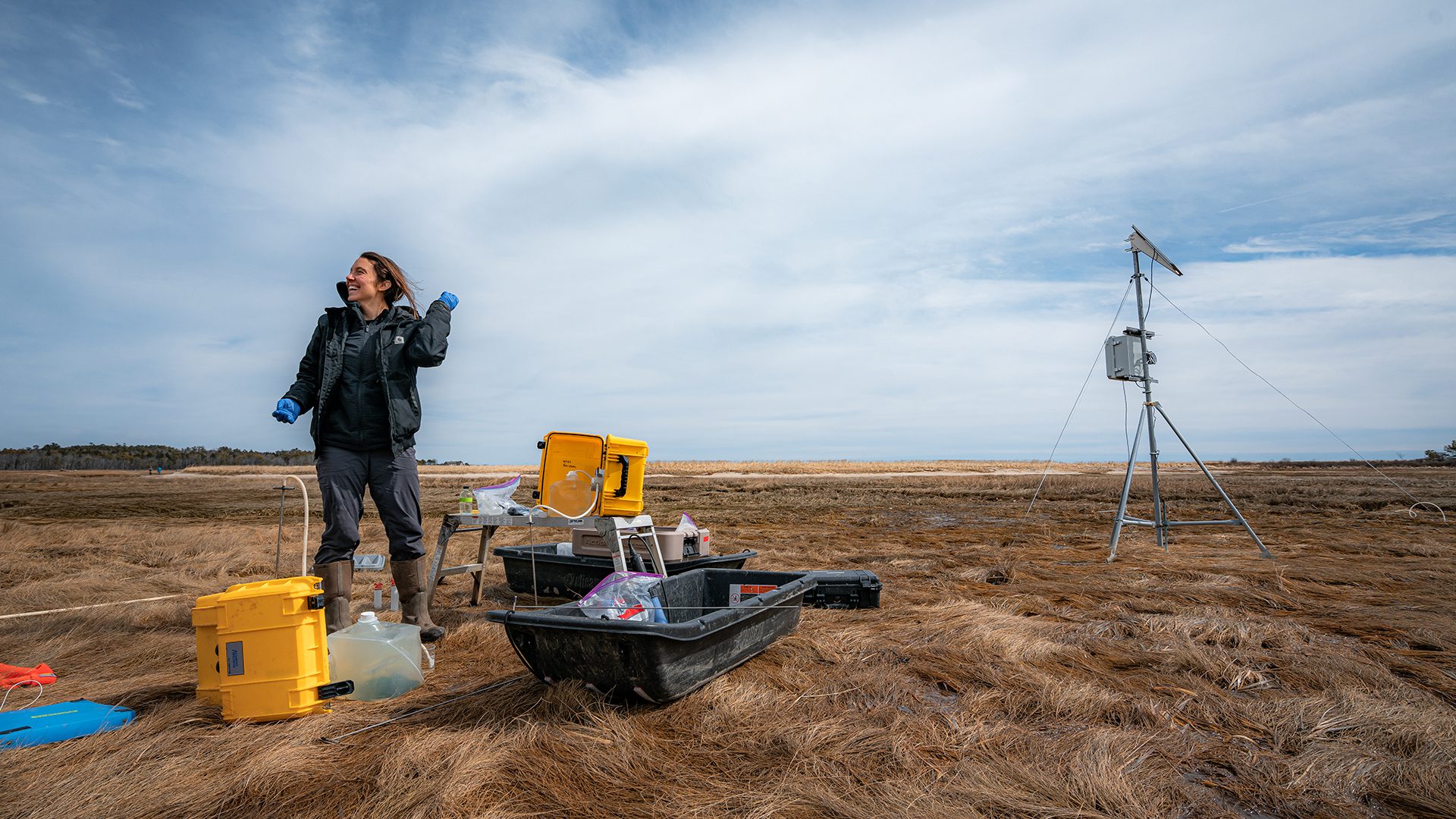Four wins worth recognizing this World Ocean Month
Amid a sea of environmental issues, these four victories spark hope for the ocean’s future
Estimated reading time: 3 minutes
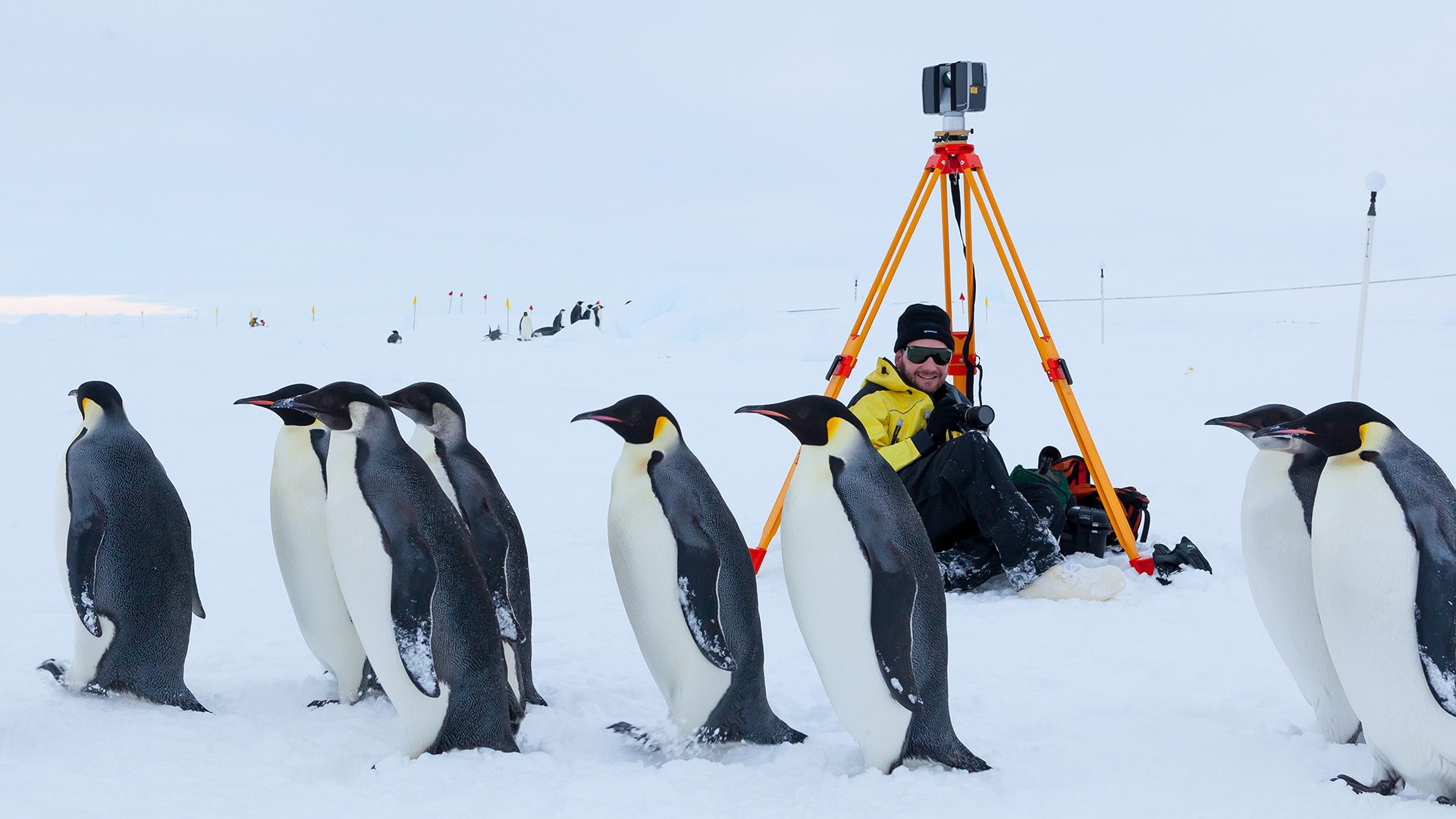
It may be surprising to learn that, despite our living on a mostly ocean-covered planet, it was only as recently as 2008 that the United Nations (UN) decided to designate June 8 as World Ocean Day. But it hardly seems sustainable for people to spend one day celebrating the sea and the other 364 fretting about its health. Here are four victories that rejuvenate our hope in the future of our ocean planet and sustain us for the continued work ahead.
Emperor penguins gain protected status under the Endangered Species Act
As ice cover in Antarctica continues to shrink from increases in global temperature, so too do critical foraging and breeding habitats among emperor penguins. Decades of modeling work from WHOI quantitative ecologist Stéphanie Jenouvrier predict that the emperor penguin will be quasi-extinct by 2100 if global carbon emissions and warming trends aren’t significantly curbed.
Thanks to these and other data, including work by WHOI’s Dan Zitterbart, the U.S. Fish and Wildlife Service granted the iconic bird protection and, in October, 2022, listed emperor penguins as “threatened” under the Endangered Species Act. Because of this, Federal agencies are now required to minimize all threats to emperor penguins, including their share of the carbon emissions fueling global temperature trends. Suffice it to say, a win for the emperor penguin is also a win for the planet.
The first Ocean Pavilion debuts at COP27 in Egypt
If you’ve followed WHOI research for a while, you know how vital the ocean is in the fight against climate change. Not only does the sea help sequester and store carbon, regulate the planet’s heat, and support the livelihoods of over a billion people, but it could be the linchpin in solutions to remove carbon dioxide from the atmosphere. But until recently, ocean scientists struggled to highlight the ocean’s influence on climate in global discussions. That’s why in November, 2022, a group of the world’s leading ocean science and philanthropic organizations, led by WHOI and Scripps Institution of Oceanography, highlighted the ocean’s role in the fight against climate change by creating the first-ever Ocean Pavilion in the Blue Zone at the annual Conference of the Parties (COP27).
The pavilion will continue to serve as a central hub for delegates and help reinforce the idea that, in order to meet the Paris Climate Agreement goal of limiting global warming to 1.5-2°C, world leaders can and must incorporate protection and sustainable management of the sea into their action plan. Expect to see this ocean hub appear at COP28 in Dubai.
A deep-water coral discovery provides hope
The world’s coral reefs are facing tremendous stress from warming global temperatures, pollution, overfishing, and ocean acidification. But hope for their long-term survival can be found deeper in the ocean. During an expedition in the Galápagos Marine Reserve this past spring, explorers aboard the human-occupied vehicle (HOV) Alvin discovered ancient coral reefs in near pristine condition roughly two thousand feet deep (600 meters) along an unmapped seamount. The reef, which spans several kilometers (about 2 miles), supports a cornucopia of life and consists of up to 60% live coral cover—an unprecedented percentage compared to shallow reefs, according to expedition co-leader Dr. Michelle Taylor from the University of Essex.
The expedition, co-led by Taylor, WHOI marine geologist Dan Fornari, and senior marine researcher Dr. Stuart Banks of the Charles Darwin Foundation, garnered the attention of Ecuador’s Minister of the Environment, Jose Antonio Dávalos, who heralded the discovery as an example of the value of marine protected areas globally
The United Nations protects the open ocean with the High Seas Treaty
“Ladies and gentlemen, the ship has reached the shore.”
That’s what Rena Lee, the president of the Intergovernmental Conference on Marine Biodiversity of Areas Beyond National Jurisdiction, announced after reaching a historic international deal to protect the high seas. The agreement, more commonly known as the High Seas Treaty, is the first time international leaders outlined a commitment to reserve large swaths of international ocean space as marine protected areas. Over time, these and near-shore marine parks will protect up to 30% of the sea from commercial activity, something UN leaders hope to accomplish by 2030. This commitment could serve as a check on exploitation by large-scale fishing industries, deep-sea mining, and shipping activity, all of which will help safeguard some of the nearly 10% of marine species that are currently at risk of extinction.

